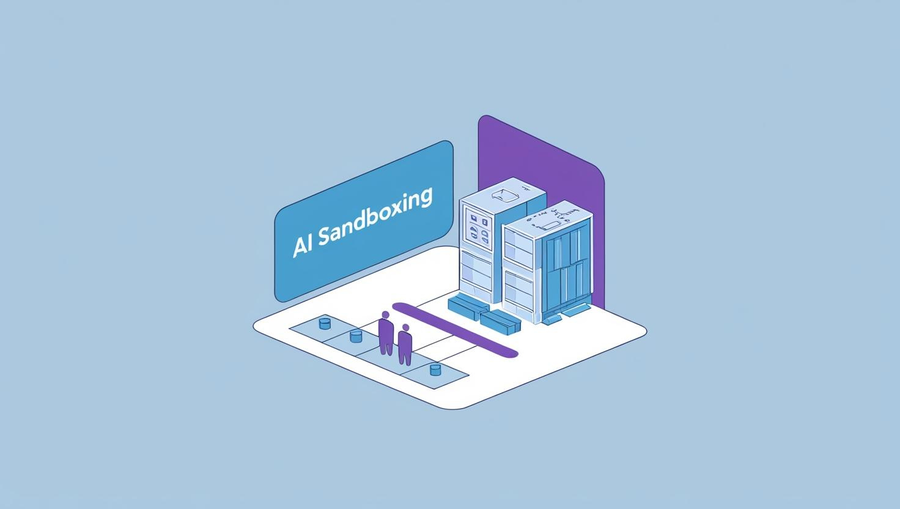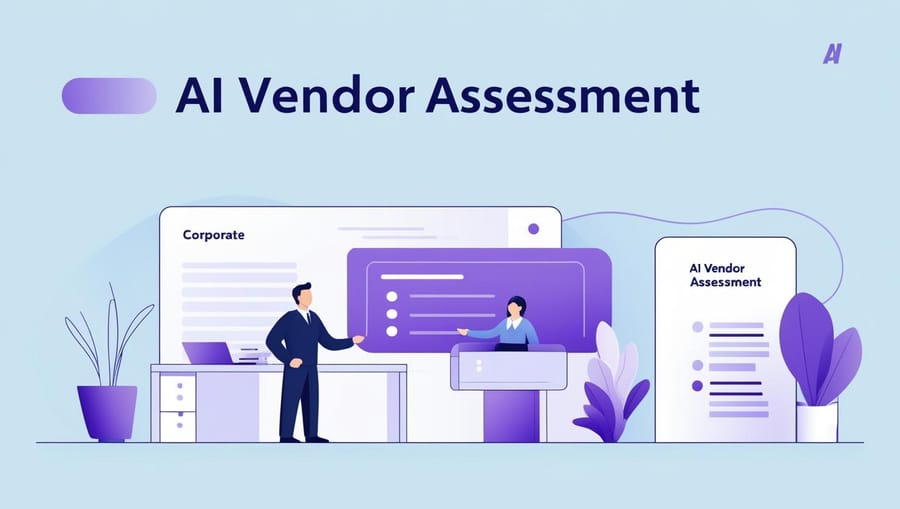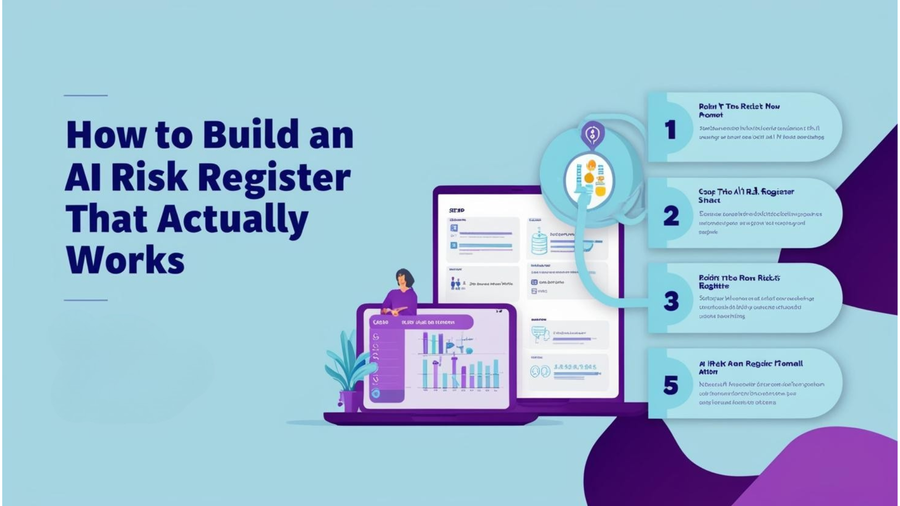AI Under Attack: Why Red Teaming Is Essential
AI is powering critical decision-making in finance, healthcare, HR, and cybersecurity. But how resilient are these AI models against security threats, bias, and adversarial attacks? A flawed AI system can lead to discriminatory outcomes, security breaches, and regulatory non-compliance.
To tackle these risks, organizations are adopting Red Teaming AI—a method where AI systems are stress-tested by ethical hackers and adversarial teams to uncover vulnerabilities before malicious actors do. As frameworks like NIST AI RMF, the EU AI Act, and ISO 42001 emphasize security and fairness, red teaming is becoming a critical AI governance practice.
1. What Is Red Teaming AI?
Red Teaming AI is a structured process where ethical hackers, data scientists, and AI risk teams simulate real-world attacks on AI models to identify weaknesses, test fairness, and improve security.
Objectives of Red Teaming AI:
✅ Adversarial Testing – Simulating attacks to test AI’s robustness.
✅ Bias & Fairness Audits – Identifying unintended biases in AI decision-making.
✅ Explainability & Transparency Checks – Ensuring AI decisions can be interpreted and justified.
✅ Regulatory Compliance Assessments – Aligning AI models with governance standards like NIST AI RMF & the EU AI Act.
🔹 Example: In 2023, a red team discovered that a major AI chatbot was vulnerable to prompt injections, allowing users to bypass content moderation filters. Fixing these vulnerabilities before public deployment prevented reputational damage and regulatory fines.
2. Why Red Teaming AI Matters
🔹 Preventing AI Bias & Discriminatory Decisions
AI systems can unintentionally amplify biases due to biased training data.
🔹 Example: A financial AI model was found to approve fewer loans for minority applicants due to historical bias in lending data.
✅ Red Team Solution: Stress-test AI models with diverse test cases to detect and mitigate bias before deployment.
🔹 Protecting AI from Adversarial Attacks
Hackers can manipulate AI models using adversarial examples, leading to incorrect outputs.
🔹 Example: Researchers tricked an AI-powered self-driving car into misidentifying a stop sign as a speed limit sign, creating safety risks.
✅ Red Team Solution: Deploy adversarial training to make AI models more resistant to attacks.
🔹 Ensuring AI Explainability & Accountability
Many AI models operate as black boxes, making it difficult to understand their decision-making process.
🔹 Example: AI-driven hiring tools rejected candidates but couldn’t explain why, leading to legal challenges under EEOC (Equal Employment Opportunity Commission) regulations.
✅ Red Team Solution: Use explainable AI (XAI) techniques like SHAP and LIME to ensure AI decisions are transparent and auditable.
3. How to Implement Red Teaming for AI Security & Fairness
Step 1: Assemble a Cross-Functional Red Team
✅ Data Scientists & AI Engineers – Test model robustness.
✅ Ethical Hackers & Security Experts – Simulate adversarial attacks.
✅ Legal & Compliance Officers – Ensure regulatory compliance (e.g., EU AI Act & NIST AI RMF).
✅ Diversity & Fairness Specialists – Identify and mitigate AI bias.
🔹 Example: Microsoft’s AI Red Team includes AI researchers, security engineers, and social scientists, ensuring comprehensive AI testing.
Step 2: Conduct Adversarial Testing & Bias Audits
✅ Generate adversarial examples – Attack AI with manipulated inputs to test robustness.
✅ Perform fairness stress tests – Evaluate AI decisions across diverse demographic groups.
✅ Test AI transparency & explainability – Ensure decisions can be justified and audited.
🔹 Example: A social media AI model was stress-tested by a red team that injected misleading content, helping developers fine-tune the model to detect misinformation.
Step 3: Monitor & Mitigate AI Failures in Real Time
✅ Deploy AI monitoring tools – Track AI performance for unexpected failures.
✅ Set up automated alerts – Detect adversarial attacks and drift in AI model behavior.
✅ Retrain AI models regularly – Update models with new, unbiased data.
🔹 Example: Financial institutions use real-time AI auditing to flag fraudulent transactions before they occur.
4. Red Teaming AI & Compliance: Aligning with Global Regulations
With increasing AI regulations, red teaming ensures AI compliance with:
✅ NIST AI RMF – Recommends red teaming as part of AI security testing.
✅ EU AI Act – Requires bias and fairness audits for high-risk AI systems.
✅ ISO 42001 – Establishes AI governance guidelines, including security stress testing.
🔹 Example: A healthcare AI system underwent red teaming to detect bias before deployment, ensuring compliance with HIPAA & GDPR data protection laws.
5. The Future of Red Teaming AI
🔹 AI-Powered Red Teaming – Future AI governance will use AI-driven red teaming tools to automate security testing.
🔹 Continuous AI Monitoring – Organizations will implement always-on AI stress testing for real-time risk mitigation.
🔹 Stronger AI Regulations – Expect global AI laws to mandate red teaming as part of compliance checks.
🔹 Example: The U.S. National AI Advisory Committee (NAIAC) is pushing for mandatory AI red teaming in high-risk industries.
Final Thoughts: Red Teaming AI Is Key to Responsible AI Deployment
AI is only as reliable as the safeguards put in place. Red teaming is no longer just a cybersecurity practice—it’s a necessity for AI fairness, security, and compliance. By proactively stress-testing AI models, businesses can prevent failures, enhance trust, and ensure AI systems are resilient against adversarial threats.






